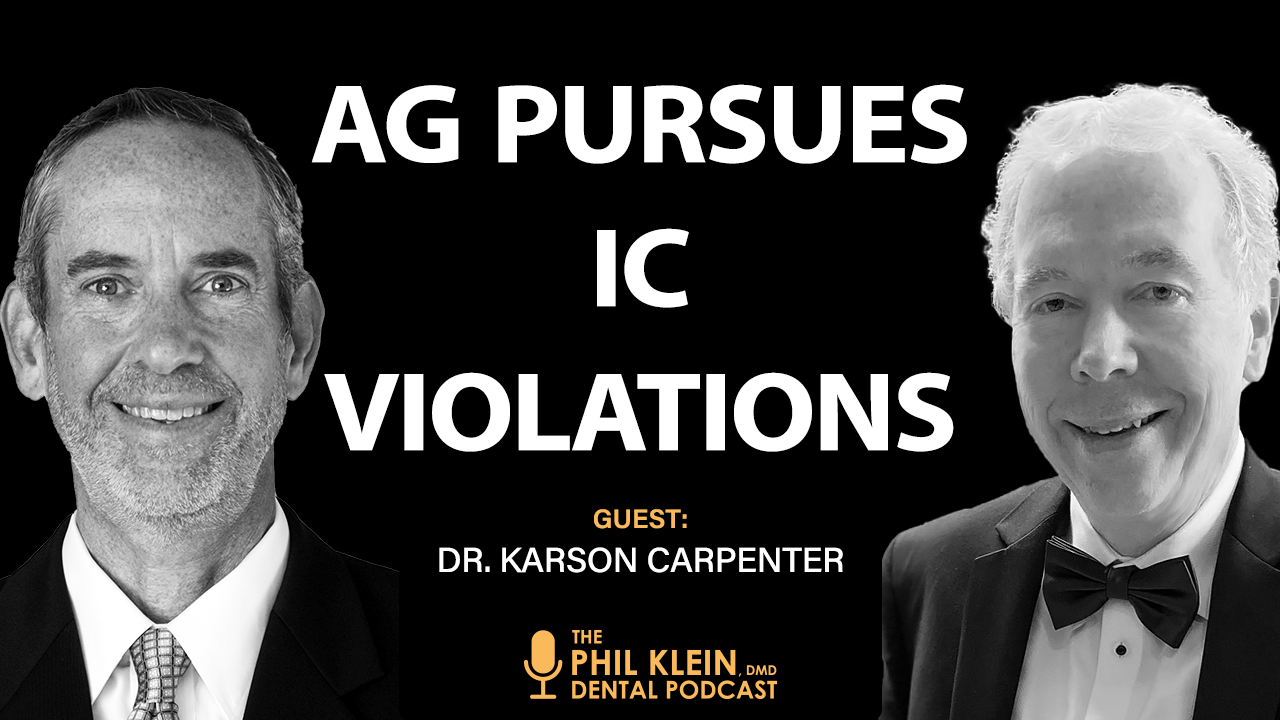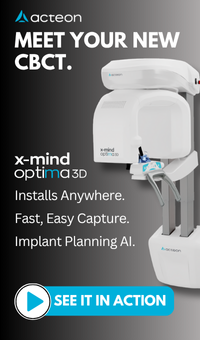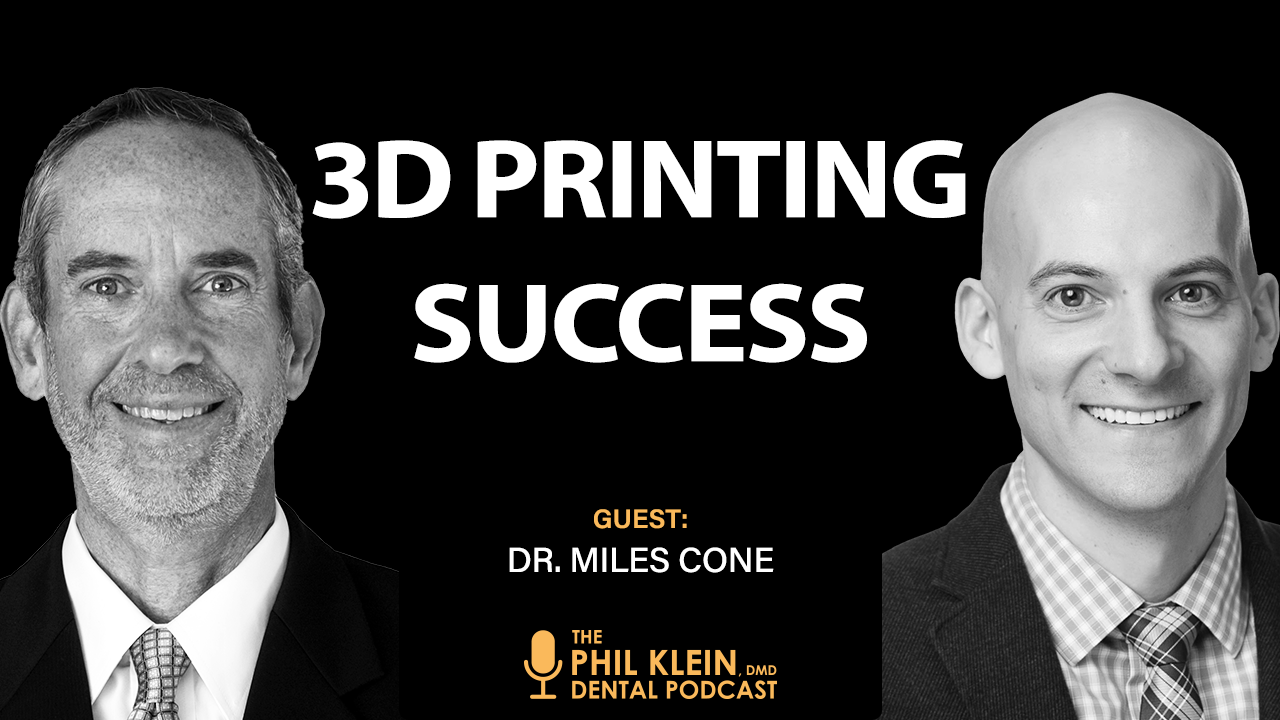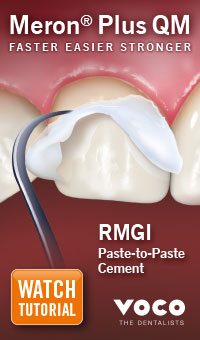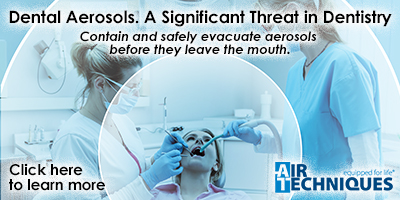Search for Live and On-Demand CE Classes
No live webinars match search criteria.
 |
Presenter: Dr. Lori Trost CE Supporter: Microcopy Release Date: 4/9/25 Expiration Date: 4/9/28 CE Credits: 1 CEU (Self-Study) View Full Description » |
 |
Presenter: Dr. David Rice CE Supporter: Microcopy Release Date: 3/26/25 Expiration Date: 3/26/28 CE Credits: 1 CEU (Self-Study) View Full Description » |
 |
Presenter: Dr. Lori Trost CE Supporter: Microcopy Release Date: 5/22/24 Expiration Date: 5/22/27 CE Credits: 1 CEU (Self-Study) View Full Description » |
 |
Presenter: Dr. Lori Trost CE Supporter: Microcopy Release Date: 8/7/23 Expiration Date: 8/7/26 CE Credits: 1 CEU (Self-Study) View Full Description » |
 |
Presenter: Dr. Lori Trost CE Supporter: Microcopy Release Date: 3/22/23 Expiration Date: 3/22/26 CE Credits: 1 CEU (Self-Study) View Full Description » |
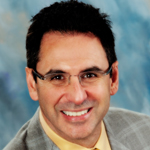 |
Presenter: Dr. Martin Jablow CE Supporter: Microcopy Release Date: 1/5/23 Expiration Date: 1/5/26 CE Credits: 1 CEU (Self-Study) View Full Description » |
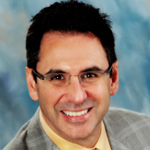 |
Presenter: Dr. Martin Jablow CE Supporter: Microcopy Release Date: 8/16/22 Expiration Date: 8/16/28 CE Credits: 1 CEU (Self-Study) View Full Description » |
 |
Presenter: Dr. Lori Trost CE Supporter: Microcopy Release Date: 12/16/21 Expiration Date: 12/16/28 CE Credits: 1 CEU (Self-Study) View Full Description » |
 |
Presenter: Dr. Martin Jablow CE Supporter: Microcopy Release Date: 5/13/21 Expiration Date: 5/13/28 CE Credits: 1 CEU (Self-Study) View Full Description » |
 |
Presenter: Dr. Jaimee Morgan CE Supporter: Microcopy Release Date: 12/4/20 Expiration Date: 12/4/28 CE Credits: 1 CEU (Self-Study) View Full Description » |
Showing 10 most recent (View all Episodes »)
|
Episode 675: Revolutionizing Case Acceptance with CBCT and Motivational Interviewing View All Episodes from: Microcopy Dental Podcast Series |
 Series: Microcopy
CE Credits: 0.5
Series: Microcopy
CE Credits: 0.5
Presenter: Dr. Lori Trost Release Date: 6/9/25 |
|
Episode 665: How to Strengthen Your Team, Streamline Systems & Boost Production: A Discussion with Dr. David Rice View All Episodes from: Microcopy Dental Podcast Series |
 Series: Microcopy
CE Credits: 0.5
Series: Microcopy
CE Credits: 0.5
Presenter: Dr. David Rice Release Date: 5/5/25 |
|
Episode 618: Delivering Zirconia Crowns: A Clinical Discussion with Dr. Marty Jablow View All Episodes from: Microcopy Dental Podcast Series |
 Series: Microcopy
CE Credits: 0.25
Series: Microcopy
CE Credits: 0.25
Presenter: Dr. Martin Jablow Release Date: 11/18/24 |
|
Episode 567: Building Efficiency in Your Practice: It's More Than Just Speed! View All Episodes from: Microcopy Dental Podcast Series |
 Series: Microcopy
CE Credits: 0.5
Series: Microcopy
CE Credits: 0.5
Presenter: Dr. Mitchell Rubinstein Release Date: 5/28/24 |
|
Episode 505: Why Your Value Proposition is Critical to the Success of Your Practice View All Episodes from: Microcopy Dental Podcast Series |
 Series: Microcopy
CE Credits: 0.25
Series: Microcopy
CE Credits: 0.25
Presenter: Dr. Lori Trost Release Date: 10/5/23 |
|
Episode 477: Putting the Right Spin on Your Preps and Restorations View All Episodes from: Microcopy Dental Podcast Series |
 Series: Microcopy
CE Credits: 0.25
Series: Microcopy
CE Credits: 0.25
Presenter: Dr. Lori Trost Release Date: 5/30/23 |
|
Episode 435: Size and Shape Matter in Operative Dentistry View All Episodes from: Microcopy Dental Podcast Series |
 Series: Microcopy
CE Credits: 0.25
Series: Microcopy
CE Credits: 0.25
Presenter: Dr. Martin Jablow Release Date: 12/14/22 |









